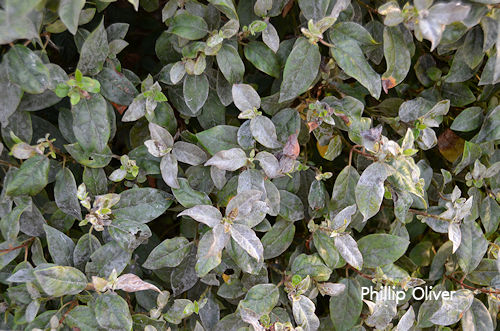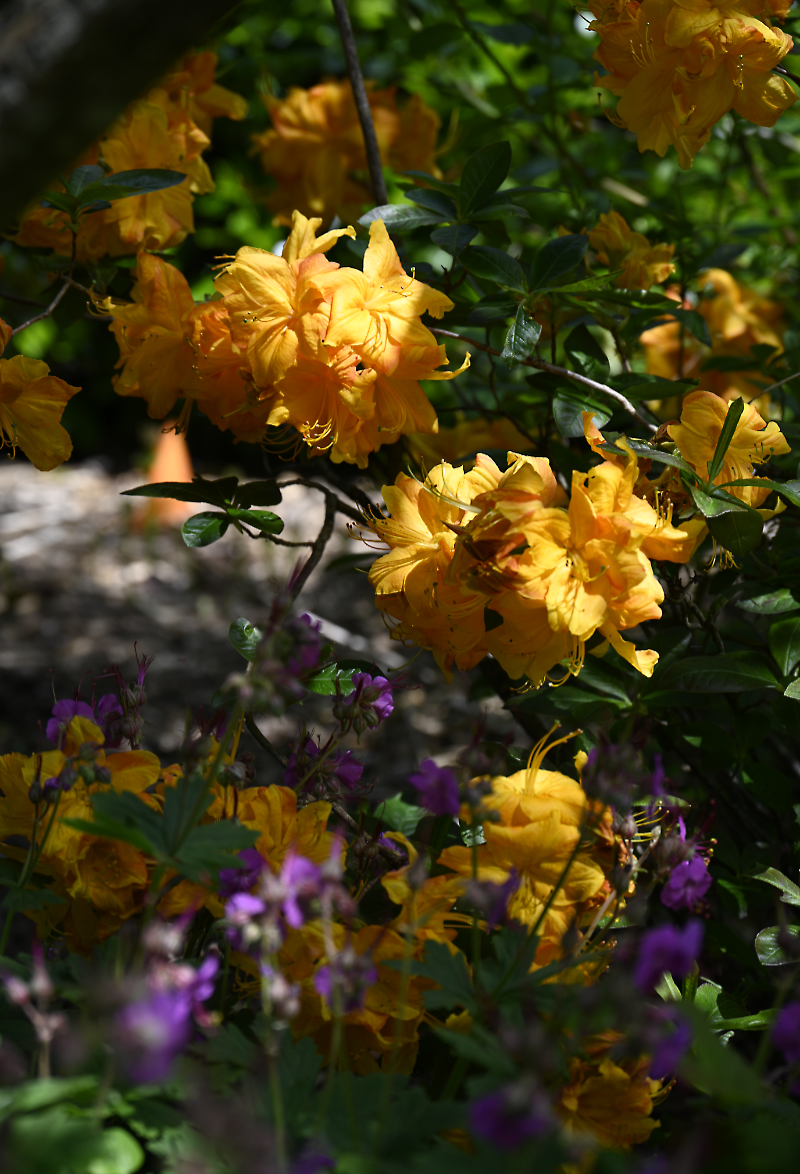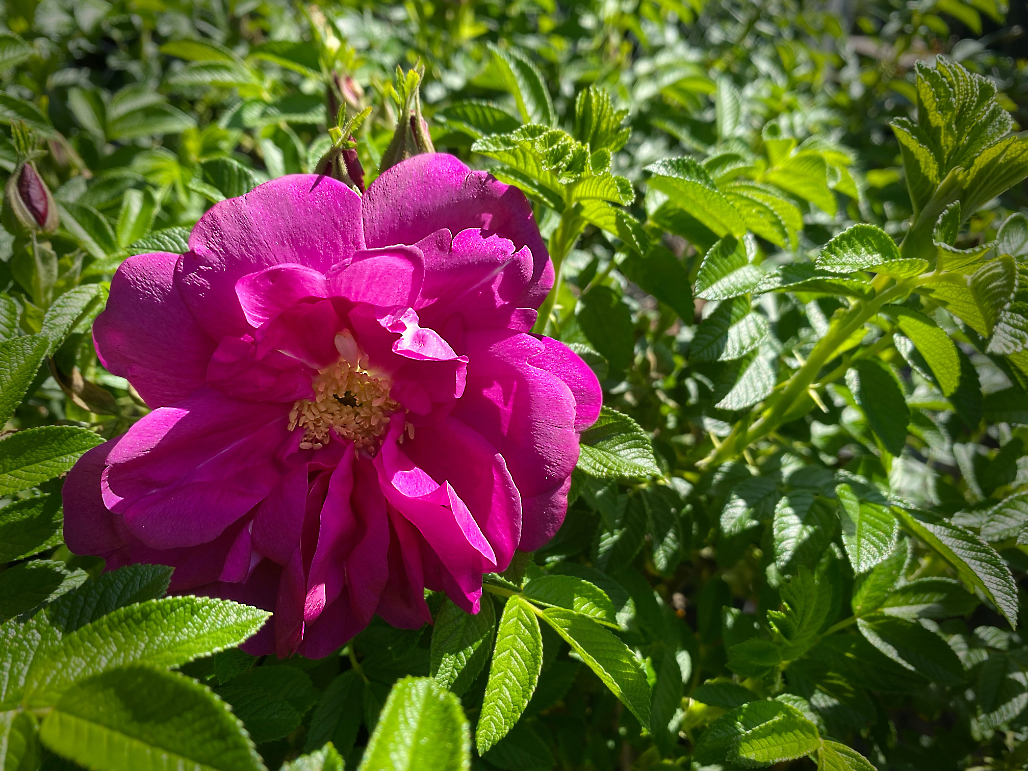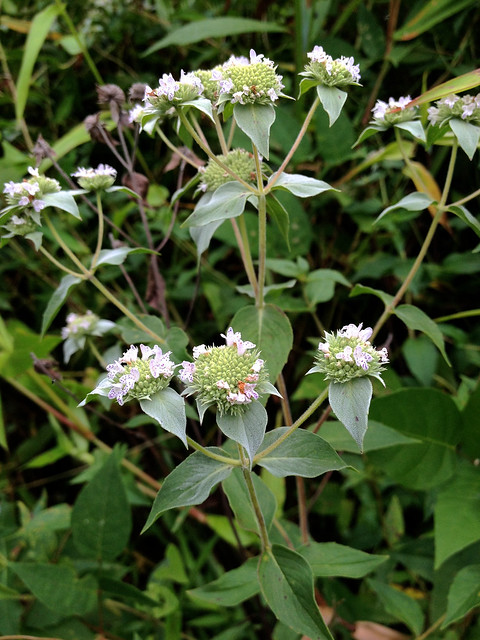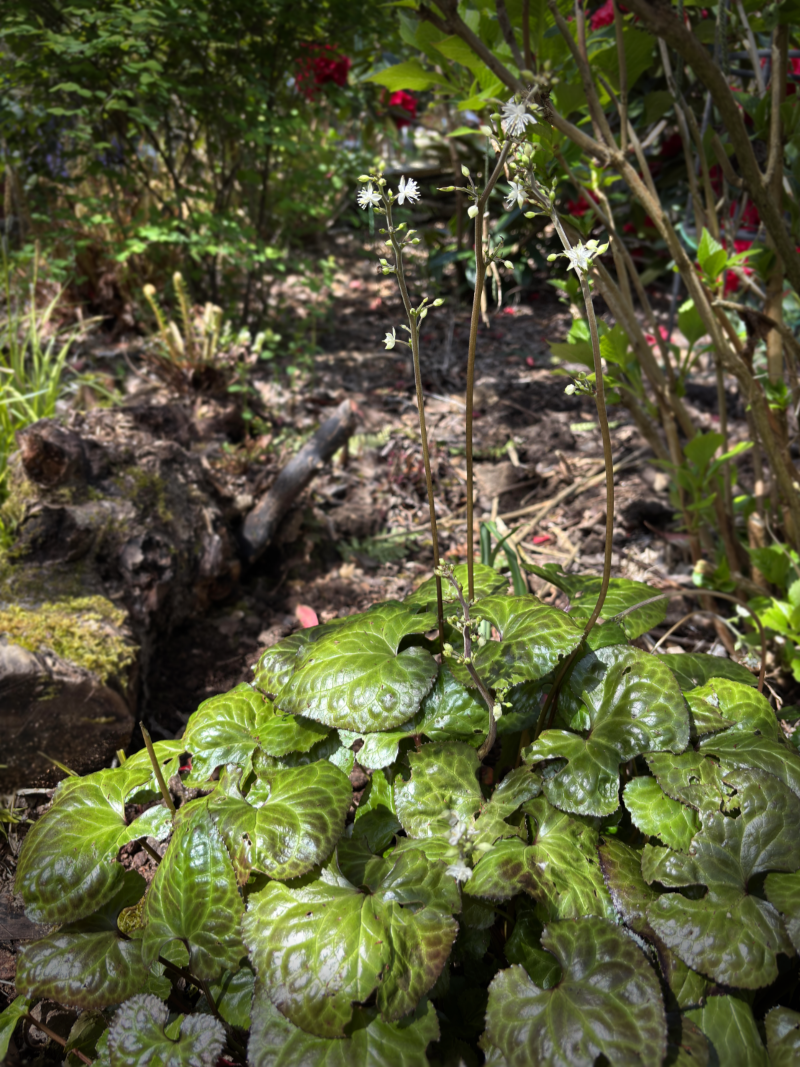Powdery Mildew
If you see a grayish-white residue on your plants, it is most likely powdery mildew, a common fungus that affects most gardeners at one time or another. It is really prevalent this time of year because of weather conditions. It thrives in areas with warm days, cool nights and high humidity. Powdery mildew attacks a wide range of plants. The residue coats both sides of the leaves and they eventually turn yellow. Incredibly, one infected leaf can send around 100 million spores flying to neighboring leaves. Sometimes, growth will be stunted or distorted. As bad as it looks, the good news is that it is rarely fatal to the plant.
Good air circulation and plenty of sunlight is a good defense. Drought-stressed plants are more prone to the fungus so keep plants well watered. Wet the leaves daily as spores need a dry surface. Deadhead and remove as much of the infected leaves as possible. Spraying the leaves with strong jets of water will help eliminate spores. Fungicides can be used (see the list below). Clean up debris and fallen leaves and do not allow them to winter over.
Powdery mildew is often temporary but if left unchecked, it can get out of hand. Badly affected plants should be removed and disposed in a sealed bag.
There are a number of home remedies that might be effective (let us know what works for you!):
- Baking Soda – Mix 1 tsp. baking soda with 1 quart of water.
- Milk – Mix 6 parts water to 4 parts milk.
- Vinegar – 4 tablespoons of vinegar to one gallon of water. (Use vinegar sparingly as continued use can adversely affect the plant).
- Mouthwash – 1 part mouthwash to 3 parts water.
Some recommended commercial products include:
- Neem oil
- Copper Fungicide
- Safer Garden Fungicide
- Ferti-Lome Broad Spectrum Fungicide
- Bonide Infuse

